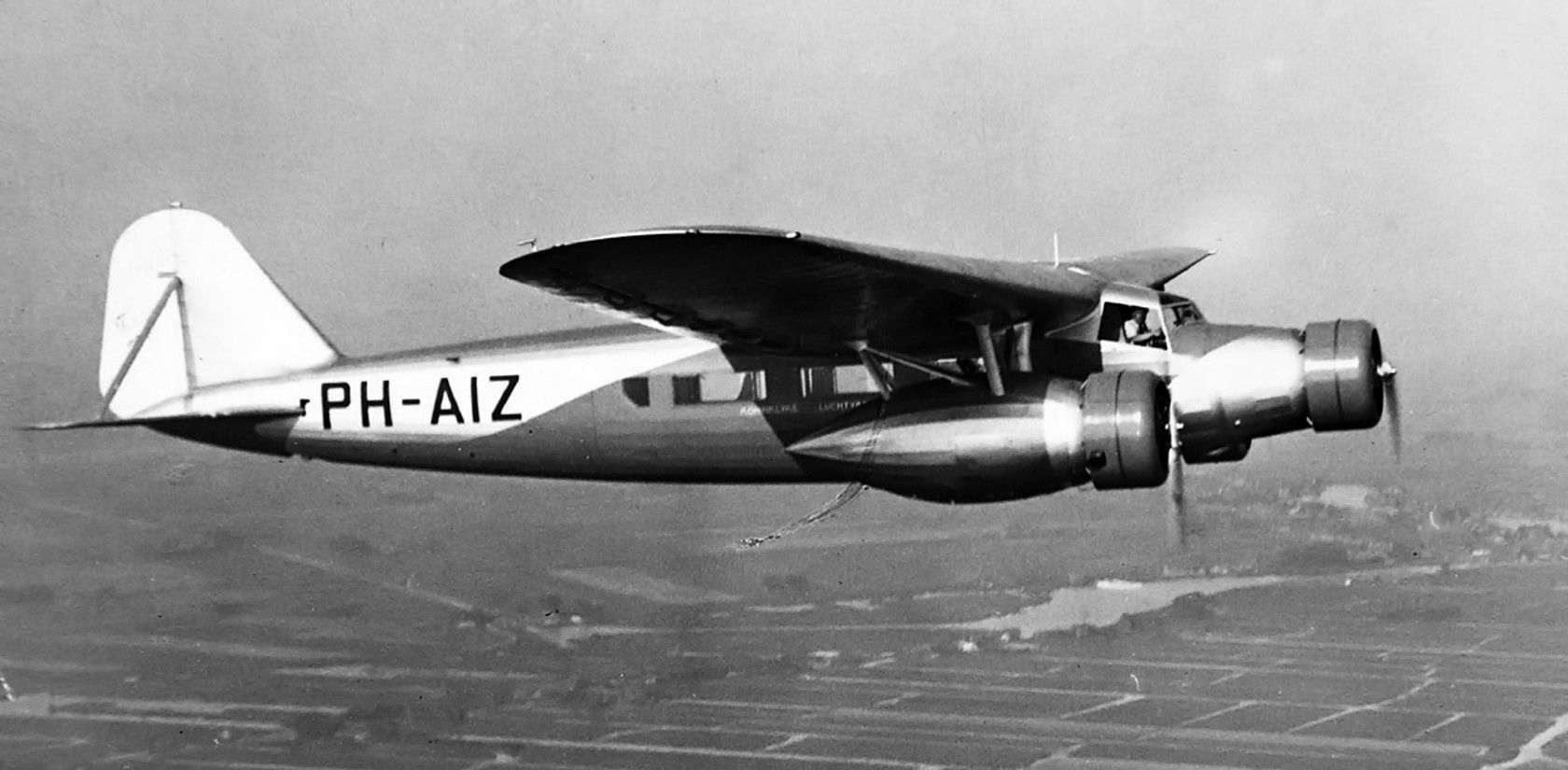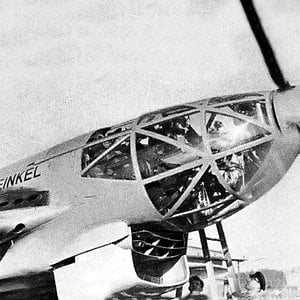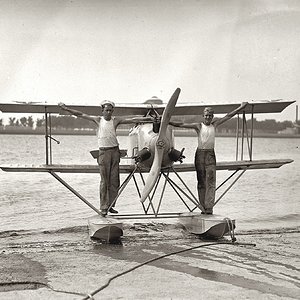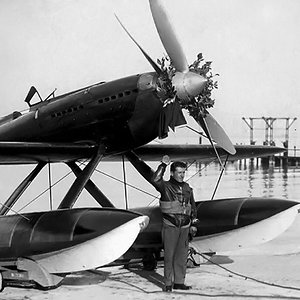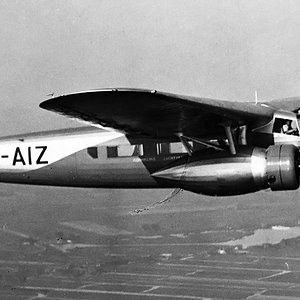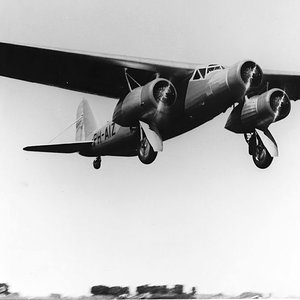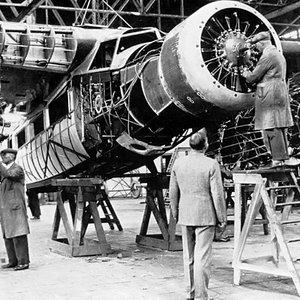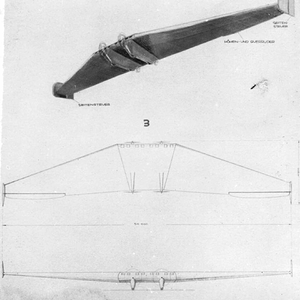Navigation
Install the app
How to install the app on iOS
Follow along with the video below to see how to install our site as a web app on your home screen.
Note: This feature may not be available in some browsers.
More options
You are using an out of date browser. It may not display this or other websites correctly.
You should upgrade or use an alternative browser.
You should upgrade or use an alternative browser.
The Pander Postjager had departed earlier but was stranded in Italy because of an engine failure, leaving the Fokker F.XX poised to win the competition. However, engine trouble was experienced during a warm-up, and the F.XX was grounded. Work to repair the F.XX would take too much time, and KLM quickly prepared a Fokker F.XVIII for the Christmas flight. It was a disastrous public failure for the new F.XX, one from which it never fully recovered.
Although the F.XX was a more advanced design than earlier Fokker aircraft, the eminent arrival of twin-engine, low-wing, metal aircraft (like the Douglas DC-2) rendered it obsolete. In addition, the negativity surrounding the failed Christmas flight meant that there would no production contract for the Fokker F.XX. Quietly and shrewdly, Fokker Aircraft Corporation obtained manufacturing rights for the DC-2.
The F.XX with the gear doors removed and lengthened engine nacelles.
However, the F.XX’s reputation was boosted when KLM began using the aircraft on a fast London-Amsterdam-Berlin service starting March 1, 1934. On the Amsterdam-Berlin leg of the flight, the aircraft achieved an impressive average speed of 157 mph (253 km/h). Also in 1934, the F.XX flew 1,535 hours; this was nearly double KLM’s 850 flight hour average with the F.XVIII.
The F.XX was in service with KLM for only a few years. In September 1936, the aircraft was sold to Alain Pilain of France and registered as F-APEZ. Mr. Pilain represented the fictitious airline Air Tropique, which was a cover for another organization: the Société Française de Transports Aériens (SFTA). SFTA was neither French nor an airline; it was a purchasing agent for the Spanish Nationalists.
Although the F.XX was a more advanced design than earlier Fokker aircraft, the eminent arrival of twin-engine, low-wing, metal aircraft (like the Douglas DC-2) rendered it obsolete. In addition, the negativity surrounding the failed Christmas flight meant that there would no production contract for the Fokker F.XX. Quietly and shrewdly, Fokker Aircraft Corporation obtained manufacturing rights for the DC-2.
The F.XX with the gear doors removed and lengthened engine nacelles.
However, the F.XX’s reputation was boosted when KLM began using the aircraft on a fast London-Amsterdam-Berlin service starting March 1, 1934. On the Amsterdam-Berlin leg of the flight, the aircraft achieved an impressive average speed of 157 mph (253 km/h). Also in 1934, the F.XX flew 1,535 hours; this was nearly double KLM’s 850 flight hour average with the F.XVIII.
The F.XX was in service with KLM for only a few years. In September 1936, the aircraft was sold to Alain Pilain of France and registered as F-APEZ. Mr. Pilain represented the fictitious airline Air Tropique, which was a cover for another organization: the Société Française de Transports Aériens (SFTA). SFTA was neither French nor an airline; it was a purchasing agent for the Spanish Nationalists.

